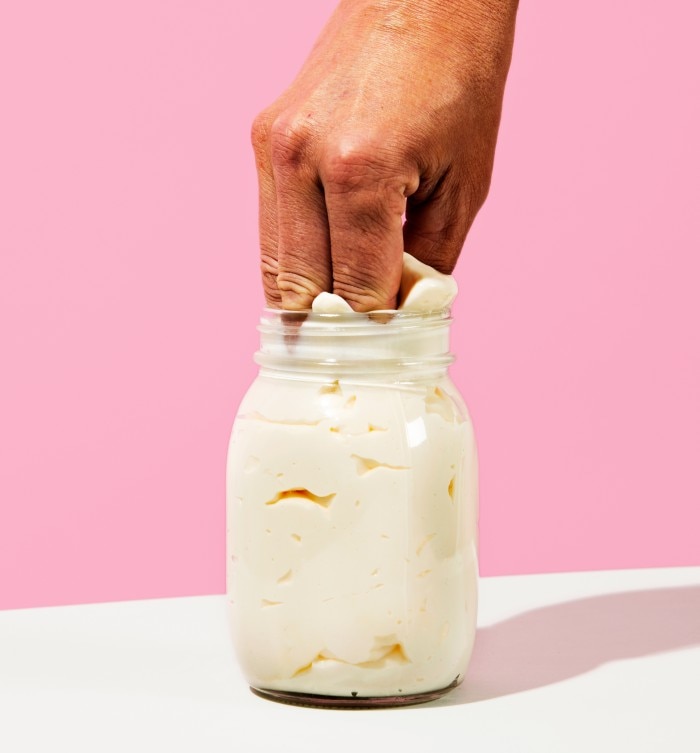MENU
CH | CHF
-
-
-
- Services pour bioprocédés
- Services pour centrifugeuse et rotors
- Services pour Mastercycler
- Services pour automates de pipetage
- Services pour congélateurs
- Services pour incubateurs
- Services pour agitateurs
- Services pour appareils de photométrie
- Service de contrôle de la température et de l’agitation
- Service pour pipette
-
-
-
-
- Services pour bioprocédés
- Services pour centrifugeuse et rotors
- Services pour Mastercycler
- Services pour automates de pipetage
- Services pour congélateurs
- Services pour incubateurs
- Services pour agitateurs
- Services pour appareils de photométrie
- Service de contrôle de la température et de l’agitation
- Service pour pipette
-
CH | CHF
-
- Centrifugeuses de paillasse
- Centrifugeuses au sol
- Centrifugeuses réfrigérées
- Microcentrifugeuses
- Centrifugeuses multi-fonctions
- Centrifugeuses haute vitesse
- Ultracentrifugeuses
- Concentrateur
- Produits IVD
- High-Speed and Ultracentrifuge Consumables
- Tubes de centrifugeuse
- Plaques de centrifugeuse
- Gestion des appareils
- Gestion des échantillons et des informations
-
- Pipetage manuel & distribution
- Pipettes mécaniques
- Pipettes électroniques
- Pipettes multicanaux
- Distributeurs et pipettes à déplacement positif
- Automates de pipetage
- Distributeurs sur flacon
- Auxiliaires de pipetage
- Pointes de pipette
- Consommables d’automatisation
- Accessoires pour pipettes et distributeurs
- Accessoires d’automatisation
- Services pour pipettes et distributeurs
Sorry, we couldn't find anything on our website containing your search term.

The Good in Fat
Découvrir les sciences de la vie
- Culture cellulaire
- Identification cellulaire
- Off the Bench
- Off the Bench
- Bright Minds
With his nonfiction book “The Fat Whisperer”, molecular biologist and biochemist Alexander Bartelt scored a “Spiegel” bestseller in Germany. The book reveals four surprising central discoveries.
White Fat, Brown Fat
Too much sugar and animal fats in our diet are the reason that half the population is overweight, with a quarter even being considered obese. Above a body mass index (BMI) of 30, fat begins to deposit in areas of the body where it will lead to illness. As long as our fat is only stored in the “white fat tissue”, it plays an important role as the body’s energy reserve. It is vital for survival as it provides our bodies with the necessary fuel. Underweight people without fat reserves lack important messenger substances since fat cells also produce hormones to communicate with the brain which, in turn, controls our behavior and appetite. But there is also fat that is “all good” – the body’s “brown fat”. These fat cells are rich in iron and help the body regulate its temperature by burning high-energy sugars and fats.
Abdominal Fat Makes Us Sick
Fat becomes dangerous when our metabolism is out of step. Fat cells can expand considerably, and subcutaneous fat tissue provides lots of space as the skin stretches. If, on the other hand, fat deposits arise inside the abdominal cavity, not much space is available, and fat cells can easily spill over. Fat will then take hold where it does not belong – in the liver and inside blood vessels. And: due to the lack of space, these fat cells are stressed, which leads them to secrete increased amounts of inflammatory hormones. Inflammation is considered a trigger for any number of diseases, including cancer. This is why a beer belly is especially harmful. The body mass index, however, is not the only indicator of disease risk – abdominal girth, too, is important: it should not exceed 102 cm in men or 88 cm in women.
We Are Not Made to Lose Weight
Fat is an organ that consists of clusters of islands distributed throughout the body. Brown fat is located in the neck area, surrounding the blood vessels, and along the spine. Nerve paths and blood vessels traverse the brown fat, and hormones circulate, allowing this fat organ to communicate with the brain. Our fat cells are happy when they are being filled. Delicious food is coupled to the secretion of feel-good hormones whereas fasting ruins our mood. A weight-loss diet thus fights an uphill battle against the biology of the body: against our genetics and against our metabolism. Losing weight is a direct contradiction to the circuits of the brain. Also, fat tissue can be envisioned to resemble an air balloon which loses air during weight loss, but which will rapidly regain its volume if eating habits are not changed long-term.
How to Activate Healthy Fat
A thermogenic lifestyle helps us stay healthy. Why? Brown fat contributes to the burning of calories by converting calories into heat. This is an evolutionary trick employed by mammals that allows them to maintain a consistent body temperature. In overweight people, the brown fat is frequently atrophied. The good news: it can be trained by incorporating cold stimuli into the everyday routine – a cold shower, an ice bath, keeping room temperature at 16 degrees, or dressing lightly outside. It is important, however, not to get too cold but at the same time not to bundle up too tightly. This approach can burn roughly 200 calories per day. Spicy foods, coffee and green tea, too, can activate the burning of fat. Once our metabolism is activated, positive effects on heart health and blood vessels are sure to follow.
Lire moins
BRIEF PORTRAIT
Alexander Bartelt is a Professor of Cardiovascular Metabolism at the Institute for Cardiovascular Prevention at Ludwig-Maximilians-University in Munich. His research focuses on metabolic mechanisms which will result in better treatment options for obesity and diabetes. He is the recipient of multiple awards for his work, and he is especially successful in the art of science communication.

